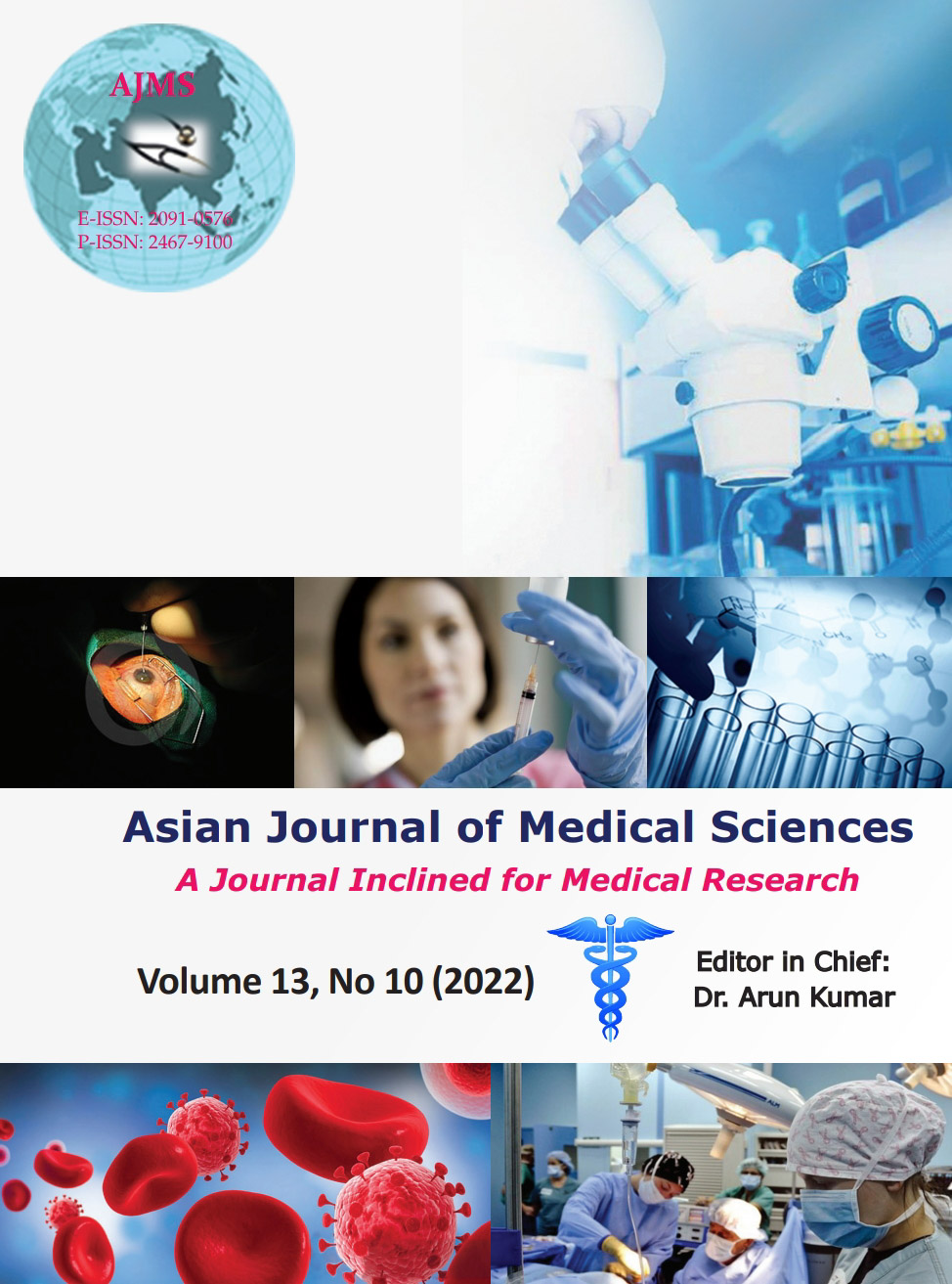Role of pectoral nerve block (PECS II) in post-operative pain management for breast surgeries
Keywords:
Mastectomy; Pectoral nerve block; Postoperative analgesiaAbstract
Background: Pain after breast surgeries is a major problem which costs both in patient comfort and duration of hospital stay. Uncontrolled post-operative pain may produce a range of detrimental acute and chronic effects. Optimal pain relief and minimal side effects following surgery have a major impact on patient outcome, including patient satisfaction and earlier mobilization, as well as fulfilling the needs for streamlined surgical services with lower costs.
Aims and Objectives: The aim of the study was to assess for the pain score during the first 24 h with time of the first request for rescue analgesic and total analgesic requirement and also to assess the patient‘s satisfaction for post-operative pain relief and consequences if any during the first 24 h.
Materials and Methods: This prospective study was conducted in 60 patients of ASA status I or II considering for mastectomy categorized into two groups, the first group with 30 patients who received Bupivacaine drug and second group with 30 patients who received normal saline. In the PACU, each patient’s VAS score and tramadol use were evaluated. The pectoral nerve block is a less invasive interfacial plane block used for post-operative pain relief in breast surgeries that involves deposition of local anesthetic between the pectoralis major and minor muscles, in addition to the serratus anterior and pectoralis minor muscles and the intercostal muscles, blocking the lateral branches of the intercostal nerves and the long thoracic nerve.
Results: We found a significant difference in total rescue analgesia intake among control and PECS II block groups, in an initial 24 h of surgery. In the control group, mean VAS score and total rescue analgesia intake in 24 h were statistically significant greater (P<0.05).
Conclusion: We concluded that pectoral nerve block is an effective and easy technique for pain control and fast recovery in post-operative period following breast surgeries.
Downloads
Downloads
Published
How to Cite
Issue
Section
License
Copyright (c) 2022 Asian Journal of Medical Sciences

This work is licensed under a Creative Commons Attribution-NonCommercial 4.0 International License.
Authors who publish with this journal agree to the following terms:
- The journal holds copyright and publishes the work under a Creative Commons CC-BY-NC license that permits use, distribution and reprduction in any medium, provided the original work is properly cited and is not used for commercial purposes. The journal should be recognised as the original publisher of this work.
- Authors are able to enter into separate, additional contractual arrangements for the non-exclusive distribution of the journal's published version of the work (e.g., post it to an institutional repository or publish it in a book), with an acknowledgement of its initial publication in this journal.
- Authors are permitted and encouraged to post their work online (e.g., in institutional repositories or on their website) prior to and during the submission process, as it can lead to productive exchanges, as well as earlier and greater citation of published work (See The Effect of Open Access).




